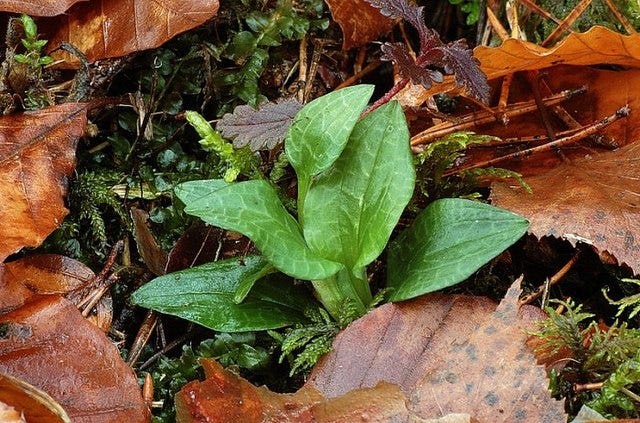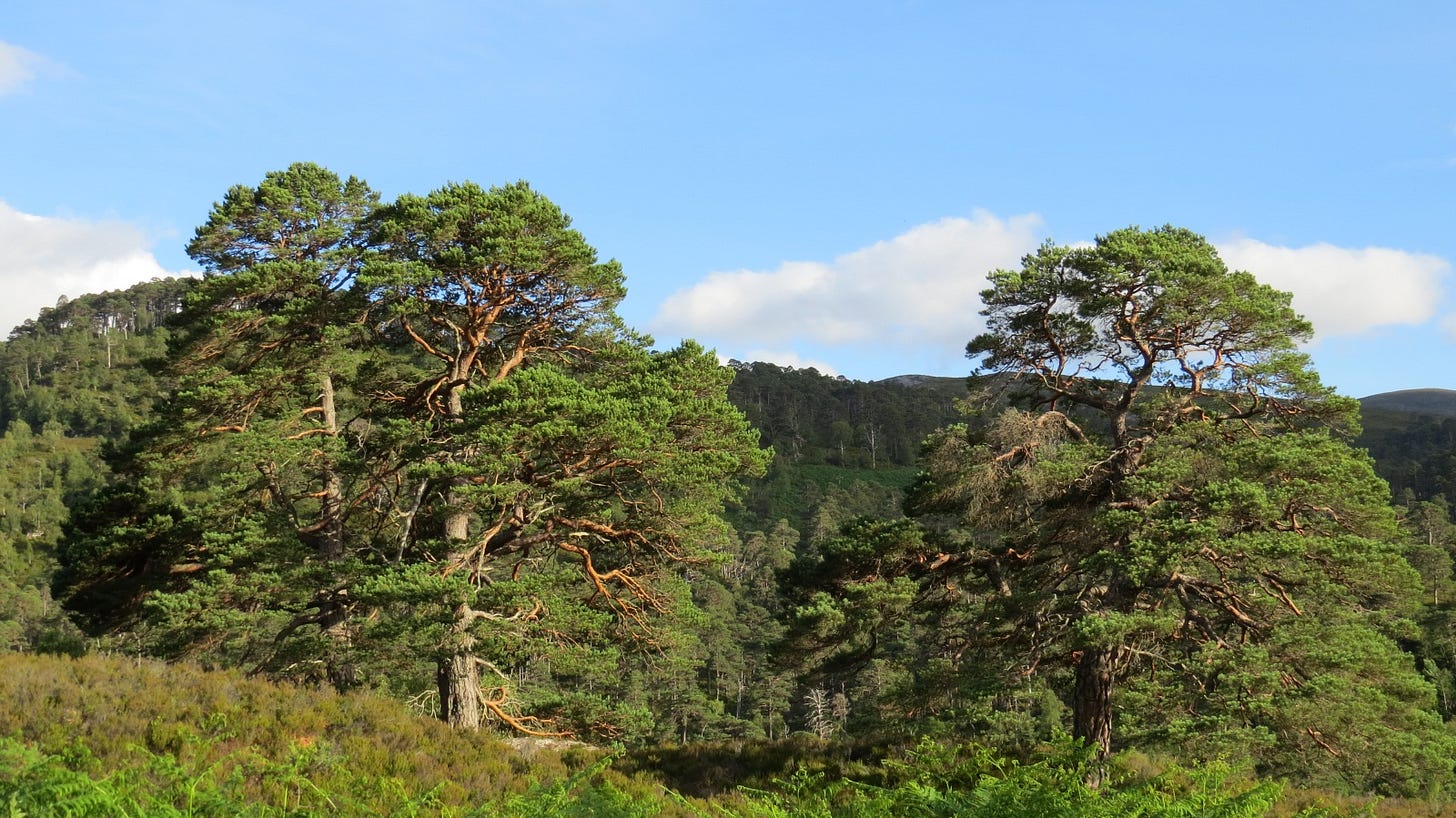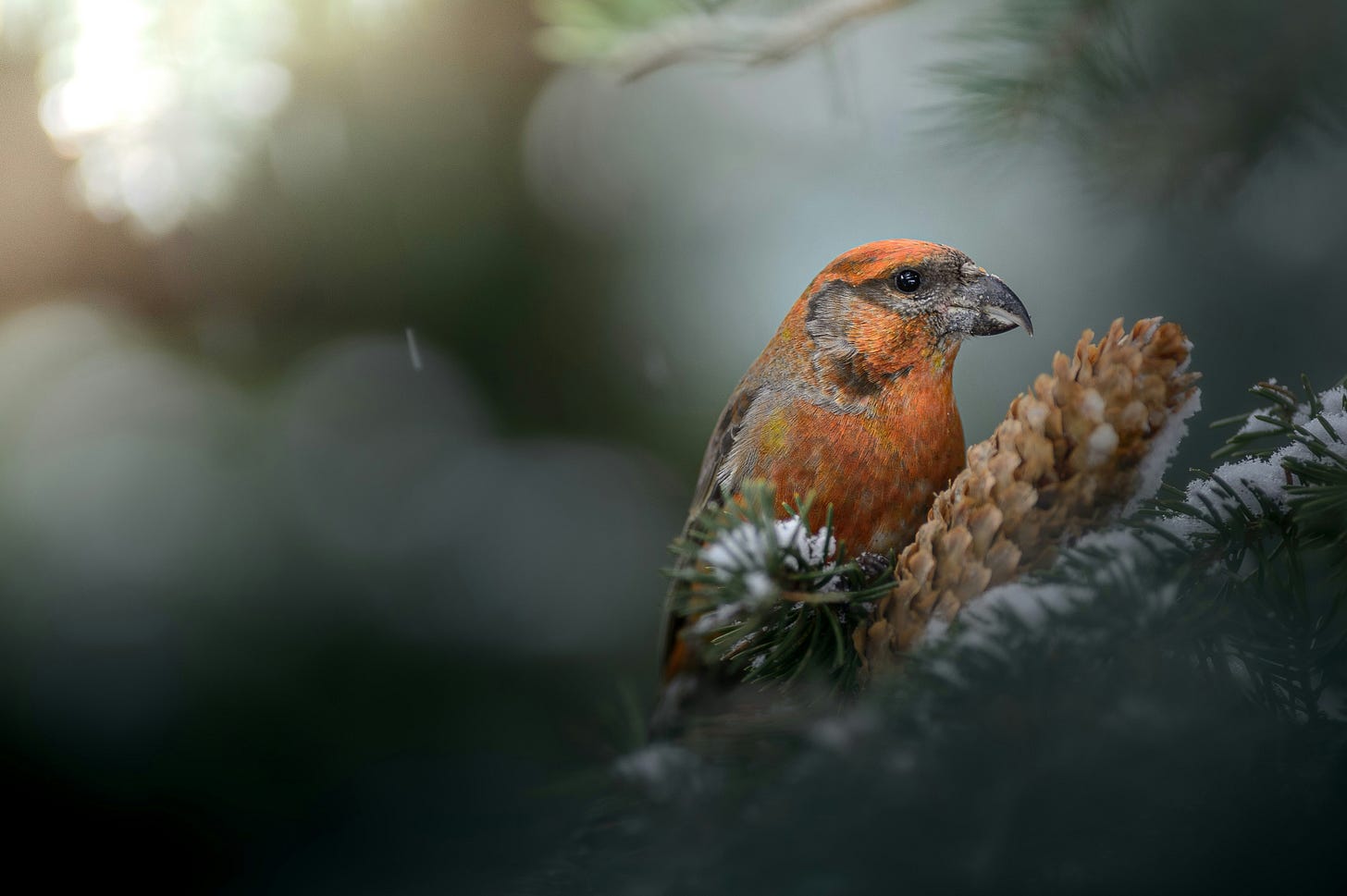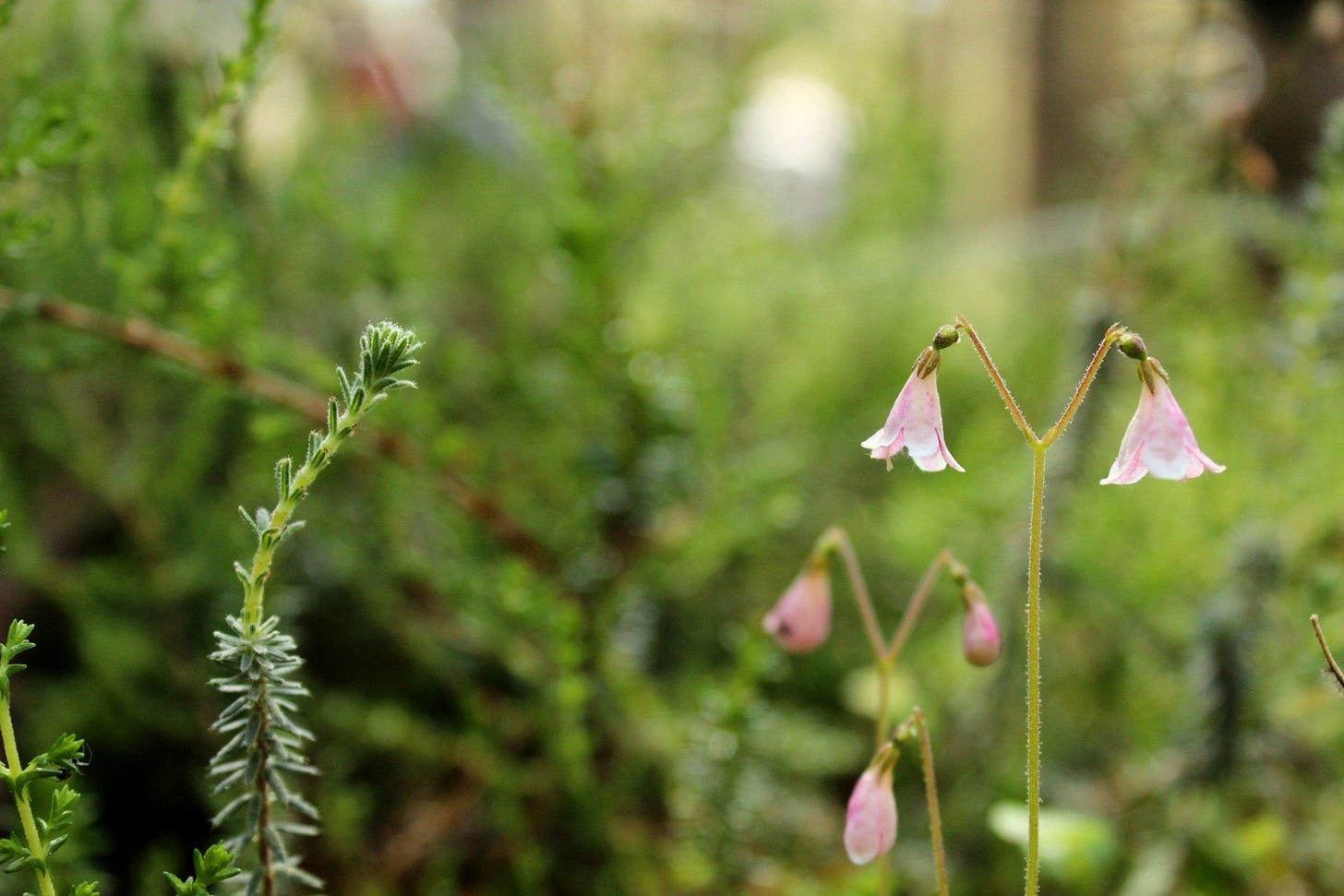Rediscovering the Splendour of the Great Wood of Caledon
Marcia O'Hara journies through Scotland's ancient pine forests
Ah…the great wood of Caledon. This is the iconic name given to us by the Romans, who valued the Caledonian forests for their hazel trees (which is where the word is derived from). Today the Caledon brings to mind vast stretches of open Scot’s pine trees surrounded by carpets of heather, blaeberry, moss and old ‘grannie’ pines standing watch on the hills.
Sadly, this native woodland has suffered centuries of decline mostly due to human practices. However there are some precious remnants remaining in the Highlands where we can grasp the splendour of what these woods once were. Glen Affric is one of the largest remaining of these, with over 30 miles of native forest remaining, and is well worth a visit.
Unlike some other woodland types our Scot’s Pine dominated woodlands are less fertile and do not usually support the vast array of plant and animal life that, for instance, an oakwood does.
What they do support is a very special set of characteristic species, which can’t be found in many other woodlands. This includes our only endemic (ie: found nowhere else in the world) bird species the Scottish crossbill, the capercaillie and the crested tit.
In terms of fungi there is nowhere better to find the delicious wood hedgehog fungus and other rarer toothed fungi like the Devil’s tooth fungus.

When it comes to plants acid-tolerant species like heather and blaeberry are dominant, but are interspersed with some of the most beautiful and surprisingly delicate flowers.
The first of these three is an orchid with small white flowers that ‘creeps’ along the forest floor vegetatively, as well as reproducing sexually. Called creeping ladies tresses (Goodyera repens) it flowers in late summer, but it’s rosettes of leaves can be found on the forest floor in groups of 5 to 25 plants right now. It’s one of the only orchids in Scotland that is found in pine woods, and being an orchid it has a very strong symbiotic relationship with specific fungi (Ceratobasidium cornigerum or Rhizoctonia goodyearae-repentis), so close that they cannot grow without this partnership.

Despite being nationally scarce, this orchid it is fairly abundant in the northeast of Scotland as it can also grow with birch in plantations where there are also open mature areas. It is therefore not as difficult to find as the next two species.
Twinflower (Linnaea borealis) is a small creeping perennial of the honeysuckle family that flowers in June. It’s main method of reproduction is vegetative propagation, so the plant usually occurs in clonal patches where the plants are all genetically identical. Although widely distributed throughout Europe it’s distribution has dramatically declined as a result of habitat loss and overgrazing in Scotland.
Due to it’s slow growth and increased isolation Twinflower is now hard to find except in a few remnant patches. Therefore it’s presence in Scotland is usually a good indicator of ancient woodland. It also means that it’s unlikely to recolonise without human input, so it’s future will rely on conservation efforts to support it.
Finally we come to a special plant. An evergreen perennial herb and the only member of it’s genus, the One-flowered wintergreen (Moneses uniflora) is a species which has a unique appearance. One bloom, a five petalled flower on a single stalk contains a with a delicate green centre. Like the other two species mentioned here it can reproduce sexually and vegetatively, however seed production is rare in this species.
Recent research suggests that the one flowered wintergreen primarily grows along woodland tracks and in areas that have been historically disturbed. At the peak of our Caledonian pinewoods this sort of ground would have been provided by the rooting of wild boar, coppicing of beavers and the grazing of the mighty Auroch. However in modern times our forestry practices do not support this type of lifestyle, making this one of the least catered to pinewood species and the rarest.
These three species are all vulnerable because of their dependence on our pinewoods to which they add a so much wonder. To see them within our woodlands is to glimpse the magic of the ancient forest as it was for our ancestors and working to support the recovery of our woodland cover in Scotland may very well make it easier for future generations to delight in their presence.
If you would like to discover thes creeping ladies tresses, twinflower and one-flowered wintergreen for yourself - I will be leading a walk “Balblair Rare” around the woods at Loch Fleet next week on Wednesday 12th June.
This event is free and we ask for donations to help with our work, which goes towards education about and protection of the nature of the Highlands. Please give what you feel you can afford. We suggest a minimum donation of £5 per person to cover our costs or £10 per person to further support our work.
*please be aware that there is a required £1 minimum donation. This covers Eventbrite fees and does not go to the Ranger service.*
Marcia O'Hara is High Life Highland's dedicated Countryside Ranger for Easter Ross and South East Sutherland. She infuses her love for nature into every aspect of her work, from community clean-ups to guided events and workshops. With an academic foundation in Environmental Biology, Marcia excels in bringing fresh perspectives to her sessions, making science come alive in community learning. Known for her ability to engage and inspire, Marcia has a special interest in woodland botanics, including fungi, lichen, and trees. Her unique approach and deep connection to nature have made her an invaluable asset in preserving the natural beauty of the region she covers.








